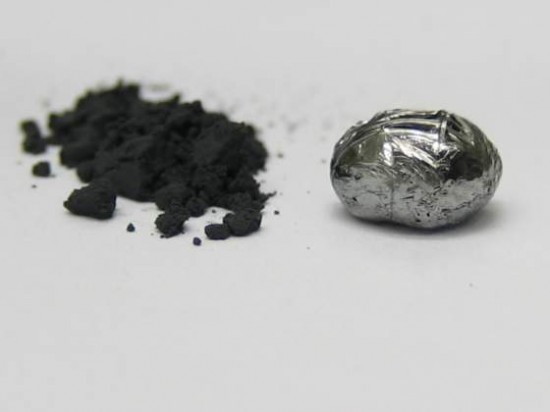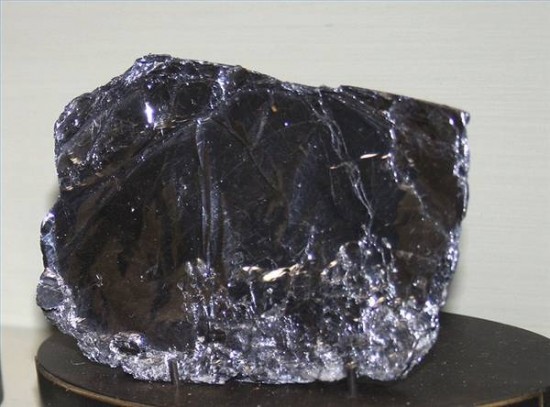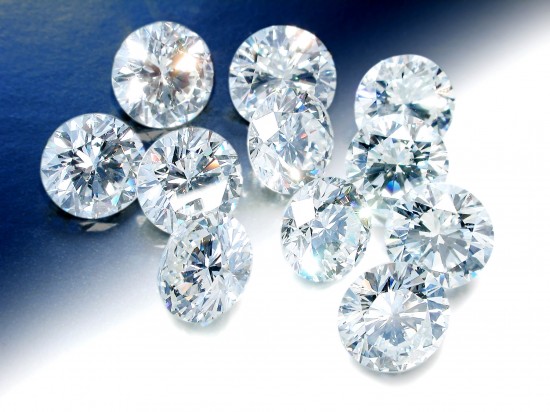No 6. Titanium carbide


Titanium carbide is a hard ceramic material with excellent tribological wear properties. It has a high Mohs rating in the range of 9-9.5 and is mainly used in preparation of cermets, which are frequently used to machine steel materials at high cutting speed.
No 5. Rhenium diboride


First synthesized in 1962, Rhenium diboride, synthetic superhard material, compared to the others materials on the list is a cheaper material to make as its production does not involve high pressures. Above, the first picture shows Rhenium diboride in powder and pellet form and the second shows the element Rhenium.
No 4. Borazon


This is a variation of Boron nitride (more correctly called cubic boron nitride) and is obtained by heating equal quantities of boron and nitrogen at temperatures greater exceeding 1800 degree Celsius. Borazon finds its use in grinding wheels among other materials. Brozan was also used as a cheaper alternative to diamond.
No 3. Diamond


Diamonds was the hardest naturally occurring material for some time and it grows in about a time of 1 billion to 3.3 billion years under high pressure. Diamonds are mostly used for adornment and by drillers to drill more efficiently.


